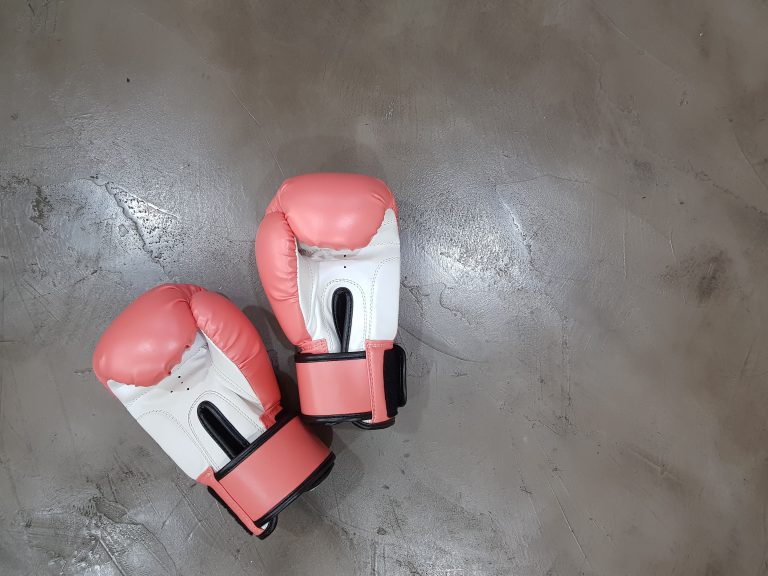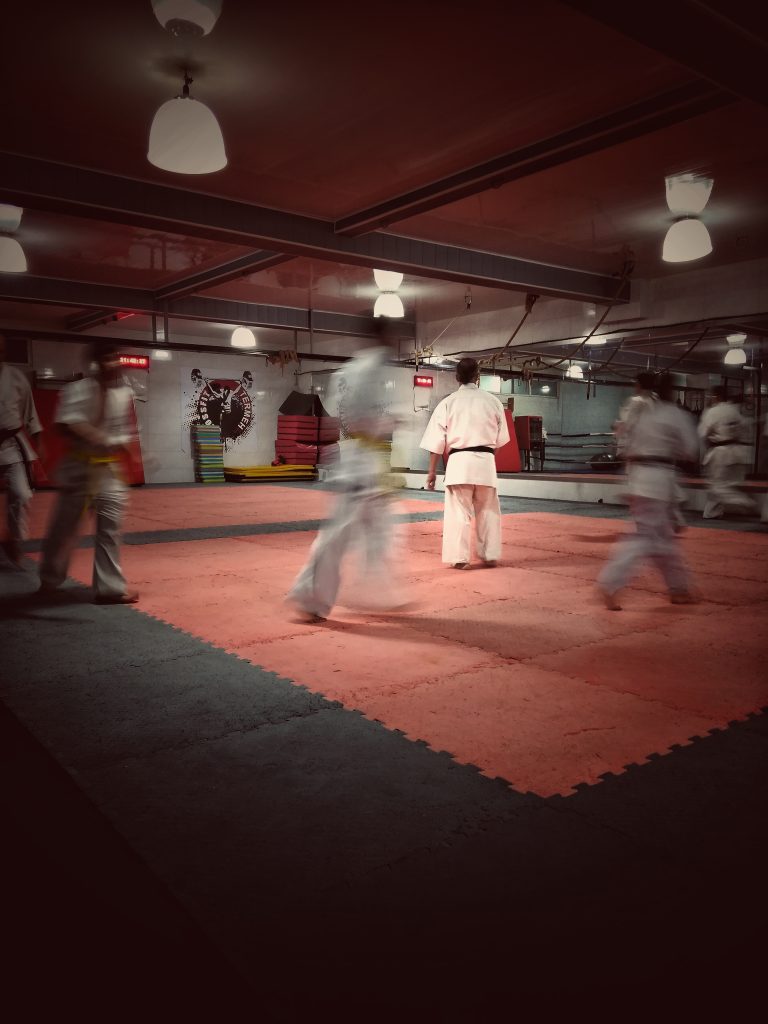How to Fight for Karate: A Complete Guide
Karate is a martial art that has been around for centuries. It originated in Okinawa, Japan, and has since spread all over the world. It focuses on strikes, kicks, and punches and is known for its powerful moves. However, karate is not just about fighting – it also teaches discipline, respect, and self-control. In this article, we will provide you with a complete guide on how to fight for karate.
The Basics of Karate Fighting
To be able to fight in karate, you need to learn the basics. The first thing you need to learn is how to stand in the correct position. Your feet should be shoulder-width apart, and your knees slightly bent. This position will help you move quickly and maintain your balance.
The next thing you need to learn is how to perform basic moves such as strikes, kicks, and blocks. These moves are the foundation of karate fighting. Practicing them repeatedly will help you become more comfortable with the moves and make them more effective.
Training Your Body for Karate Fighting
Karate fighting requires a lot of strength, agility, and flexibility. It is essential to train your body to develop these qualities. You can do this by practicing regular exercises such as push-ups, sit-ups, squats, and lunges. These exercises will help you build strength and endurance, which are necessary for karate fighting.
To improve your agility and flexibility, you can practice yoga or Pilates. These forms of exercise will help you become more flexible, allowing you to perform more advanced moves such as high kicks and splits.
Developing Karate Fighting Techniques
To become proficient in karate fighting, you need to develop specific techniques. These techniques include strikes, kicks, blocks, and grapples. There are many different types of techniques, and each one serves a specific purpose.
For example, a punch is a striking technique that is used to deliver a powerful blow to an opponent. A sidekick is a kicking technique that is used to strike an opponent with the side of your foot. A block is a defensive technique used to deflect an opponent’s attack.
Essential Tips for Karate Fighting
Here are some essential tips to keep in mind when fighting for karate:
- Always focus on your opponent’s movements and react accordingly
- Move quickly and maintain your balance
- Use your whole body when performing techniques
- Keep your guard up to protect yourself from your opponent’s attacks
- Practice different techniques repeatedly to perfect them
- Stay calm and focused during a fight
The Importance of Practice
The key to becoming proficient in karate fighting is practice. Regular practice of techniques, exercises, and sparring will help you develop your strength, agility, and flexibility. It will also help you perfect your techniques and learn how to apply them in real-life situations.
In conclusion, karate fighting is a challenging but rewarding endeavor. By learning the basics, training your body, and developing techniques, you can become a skilled karate fighter. Remember to stay focused, practice regularly, and always strive to improve your skills. With dedication and hard work, you can become a formidable karate fighter.
How to Fight for Karate: A Complete Guide
Karate is a martial art that has been around for hundreds of years. It is a combination of fighting techniques, physical and mental discipline, and self-defense strategies. Karate practitioners learn how to fight with their hands, feet, and other parts of their body. If you’re interested in learning how to fight for Karate, you probably have some questions. In this blog post, we’ll answer some of the most frequently asked questions about how to fight for Karate.
1. What is Karate?
Karate is a martial art that originated in Okinawa, Japan. It is a combination of traditional Okinawan fighting techniques and influences from Chinese martial arts. Karate is known for its striking techniques, which use a combination of punches, kicks, and knee strikes. Practitioners of Karate also learn grappling techniques, joint locks, and throws as part of their training.
2. What are the benefits of practicing Karate?
There are many benefits to practicing Karate. Here are just a few:
- Improved physical health and fitness
- Increased self-confidence and self-discipline
- Better focus and concentration
- Less stress and anxiety
- Improved flexibility and balance
- Self-defense skills
3. Do I need any special equipment to practice Karate?
To practice Karate, you will need some basic equipment. Here is a list of what you will need:
- Karate uniform (gi)
- Belt (obi)
- Hand wraps (if you plan on striking)
- Gloves (if you plan on sparring)
- Protective gear (headgear, mouthguard, etc.)
4. What do I need to know before I start practicing Karate?
Before you start practicing Karate, there are a few things you should know. First, Karate is a physical activity, so you should be in good physical condition before you begin. Second, Karate requires mental discipline and focus, so you should be prepared to dedicate yourself to the practice. Finally, Karate can be dangerous if not practiced correctly, so it is important to always practice with a qualified instructor.
5. How do I fight for Karate?
Fighting for Karate involves a combination of techniques, strategies, and mental focus. Here are some tips to help you fight for Karate:
- Practice your techniques: Karate involves many different techniques, so it is important to practice them regularly. Make sure you are practicing good form and technique to avoid injury.
- Develop physical strength and endurance: Karate requires physical strength and endurance, so it is important to train your body outside of your Karate practice. Incorporate strength training and cardio into your workout routine.
- Focus on mental discipline: Karate requires mental discipline and focus. Practice meditation and visualization techniques to help you stay focused during your Karate practice and in a fight.
- Develop a strategy: Every fight is different, so it is important to develop a strategy based on your opponent’s strengths and weaknesses. Practice different strategies to see which ones work best for you.
- Practice sparring: Sparring is the closest thing to a real fight in Karate. Practice sparring with your training partners to gain experience and improve your skills.
6. How can I stay safe while fighting for Karate?
Safety is a top priority when it comes to fighting for Karate. Here are some tips to help you stay safe:
- Practice good technique: Practicing good technique will help you avoid injury and improve your fighting skills.
- Wear protective gear: Wearing protective gear such as headgear, mouthguards, and gloves can help prevent injuries.
- Listen to your body: If you feel pain or discomfort during your practice, stop and rest. Pushing through the pain can lead to injury.
- Practice with a qualified instructor: A qualified instructor can ensure that you are practicing safely and help you avoid injury.
7. How long does it take to become proficient at Karate?
Becoming proficient at Karate depends on a number of factors, including the amount of time and effort you put into your practice, your natural abilities, and your instructor’s teaching style. With regular practice and dedication, it is possible to become proficient at Karate within a few years.
Conclusion
Fighting for Karate requires a combination of physical and mental discipline, focus, and technique. With regular practice and dedication, anyone can become proficient at Karate. It is important to practice safely and with a qualified instructor to avoid injury. Karate offers many benefits, including improved physical health, self-confidence, and self-defense skills. We hope this guide has answered some of your most frequently asked questions about fighting for Karate.
Inhaltsverzeichnis





